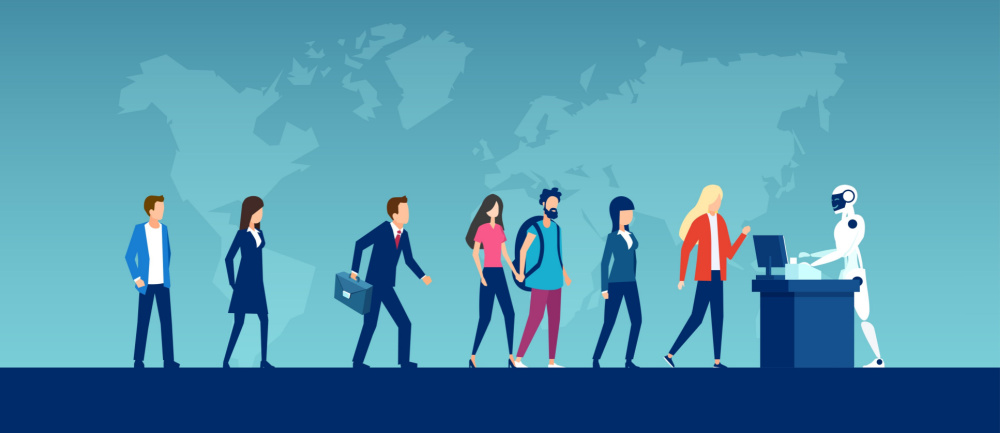How AI can help HR teams write better job descriptions
- 3 Min Read
AI is revolutionizing HR by enhancing job description creation, promising more efficient recruitment and higher-quality hires, while emphasizing the importance of human oversight in maintaining inclusivity and accuracy.
- Author: HRD Connect
- Date published: Apr 22, 2024
- Categories

Today’s fiercely competitive job market means companies are continually searching for innovative methods to attract top talent. Artificial intelligence (AI) has emerged as a powerful tool in this quest, offering substantial improvements in crafting job descriptions—an essential element of the recruitment process.
With AI, companies are seeing a shift towards more efficient, engaging, and inclusive job postings, ensuring they attract the right candidates. Here’s a closer look at how AI is reshaping job descriptions, making them a pivotal tool in the recruitment arsenal.
1. Boosting Efficiency and Elevating Quality
AI significantly enhances the efficiency and quality of job descriptions. By leveraging natural language processing and machine learning, AI can analyze vast amounts of data quickly, creating tailored job descriptions that attract qualified candidates. This not only speeds up the process but also improves the quality of hires, addressing employers’ critical need for top talent.
2. Streamlining Data Collection and Analysis
AI tools simplify the data gathering and analysis process, essential for crafting accurate job descriptions. By integrating information from various sources, AI provides a detailed understanding of the necessary skills for a role. This results in data-driven job descriptions that align with industry standards and accurately reflect the company’s needs.
3. Creating Engaging and Inclusive Content
Through sophisticated use of natural language processing, AI helps formulate job descriptions that are engaging and inclusive. By analyzing successful examples and competitor data, AI can replicate a company’s tone and values, ensuring the job postings resonate with a diverse audience. This not only attracts a higher volume of applicants but also promotes diversity within the recruitment process.
4. Ensuring Human Oversight
Despite AI’s capabilities, human oversight is crucial in the job description creation process. This step ensures that AI-generated content aligns with the company’s culture and the nuanced needs of the role, adding a personal touch that AI cannot replicate. The combination of AI efficiency and human insight results in job descriptions that are both high-quality and compelling.
5. Navigating Potential Challenges
While AI offers numerous benefits, it also presents challenges, such as the risk of perpetuating biases and the need for updates to adapt to evolving job roles. HR professionals must monitor AI-generated content closely to ensure it remains free of bias and reflects current industry standards, ensuring the technology serves as an asset rather than a hindrance.
Conclusion
The integration of AI into the creation of job descriptions marks a significant advancement in recruitment strategies, blending efficiency, quality, and inclusivity.
As AI continues to evolve, it is essential to maintain a balance with human oversight to ensure job descriptions not only attract the best talent but also reflect the diversity and dynamic nature of the modern workplace. The future of recruitment lies in the effective synergy between AI capabilities and human expertise, paving the way for a more effective and equitable recruitment process.









